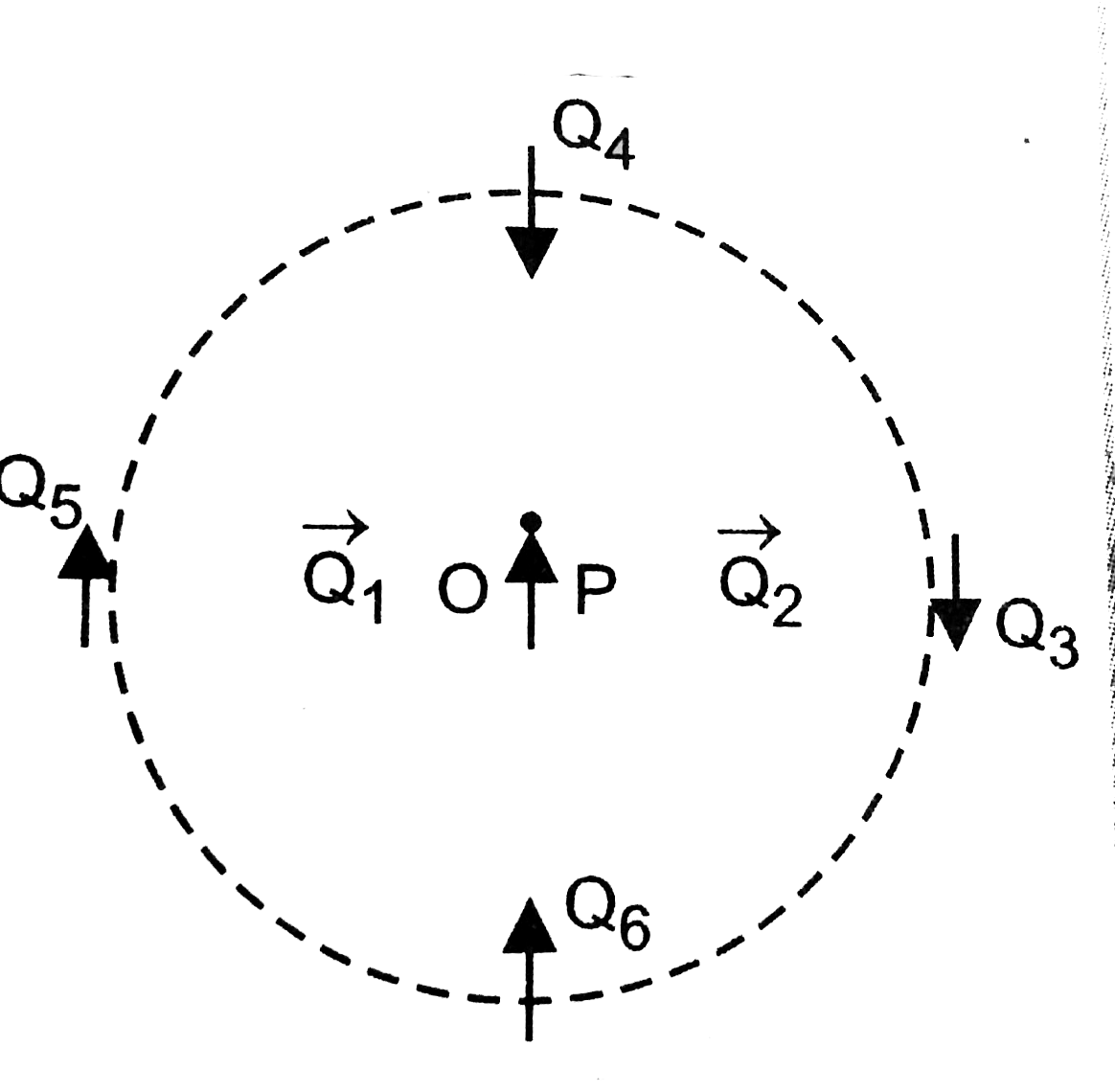In transistor symbols, the arrows shows the direction of-
holes flow in the emitter region
electrons flow in the emitter region
minority carrier flow in the emitter region
majority carrier flow in the emitter region
The correct Answer is:A
Step by step video, text & image solution for In transistor symbols, the arrows shows the direction of- by Physics experts to help you in doubts & scoring excellent marks in Class 12 exams.
Updated on:21/07/2023Topper's Solved these Questions
Similar Questions
Case 1: A chemical equation is the representation of chemical change in terms of symbols and formulae of reactants and products. The substances which react are written on the left hand side of the arrow and are termed as reactants while the substances produced as result of reaction are called products and are written on the right hand side of the arrow. The arrowhead shows the direction of the reaction. A chemical equation in the which the number of atoms of each element on reactant side is equal to that on the product side is said to be balanced.

In which of the following equation the mass is not same on both the sides?
View SolutionCase 1: A chemical equation is the representation of chemical change in terms of symbols and formulae of reactants and products. The substances which react are written on the left hand side of the arrow and are termed as reactants while the substances produced as result of reaction are called products and are written on the right hand side of the arrow. The arrowhead shows the direction of the reaction. A chemical equation in the whcih the number of atoms of each element on reactant side is equal to that on the product side is said to be balanced.

How is input of energy represented in chemical equation ?
View Solution
Knowledge Check
In transistor symbols, the arrows shows shows the direction of-
Acurrent in the emitterBelectron current in the emitterCholes current in the emitterDNone of theseThe arrow head on the transistor symbol always points in the direction of
Aflow of holes in the emitter region.Bflow of electrons in the emitter region.Cminority carriers flow in the emitter region.Dmajority carriers flow in the emitter region.Stimulus from the environment is detected by the nerve cells. The simulus acquired is transmitted in the from of electrical impulse. From the options given below choose the correct scheme showing the direction in which the nerve impulse travels. (Arrows shows the direction of impulse flow).
A B
B C
C D
D
Case 1: A chemical equation is the representation of chemical change in terms of symbols and formulae of reactants and products. The substances which react are written on the left hand side of the arrow and are termed as reactants while the substances produced as result of reaction are called products and are written on the right hand side of the arrow. The arrowhead shows the direction of the reaction. A chemical equation in the whcih the number of atoms of each element on reactant side is equal to that on the product side is said to be balanced.

Which of the following statement is incorrect regarding th significance of the chemical equations?
View SolutionCase 1: A chemical equation is the representation of chemical change in terms of symbols and formulae of reactants and products. The substances which react are written on the left hand side of the arrow and are termed as reactants while the substances produced as result of reaction are called products and are written on the right hand side of the arrow. The arrowhead shows the direction of the reaction. A chemical equation in the whcih the number of atoms of each element on reactant side is equal to that on the product side is said to be balanced.

Among the following the correct balanced equation is
View SolutionFigure shows a small magnetised needle P placed at a point O. The arrow shows the direction of magnetic moment. The other arrows show different positions (and orientations of the magnetic moment) of another identical magnetised needle Q.

(a) In which configuration is the system not in equilibrium?
(b) In which configuration is the system in (i) stable and (ii) unstable equilibrium?
(c) Which configuration corresponds to the lowest potential energy among all the configurations shown?
View SolutionFigure shows a small magnetised needle P placed at a point O. The arrow shows the direction of magnetic moment. The other arrows show different positions (and orientations of the magnetic moment) of another identical magnetised needle Q.

(a) In which configuration is the system not in equilibrium?
(b) In which configuration is the system in (i) stable and (ii) unstable equilibrium?
(c) Which configuration corresponds to the lowest potential energy among all the configurations shown?
View SolutionFigure shows a small magnetised needle P placed at a point O. The arrow shows the direction of magnetic moment. The other arrows show different positions (and orientations of the magnetic moment) of another identical magnetised needle Q.

(a) In which configuration is the system not in equilibrium?
(b) In which configuration is the system in (i) stable and (ii) unstable equilibrium?
(c) Which configuration corresponds to the lowest potential energy among all the configurations shown?
View Solution
